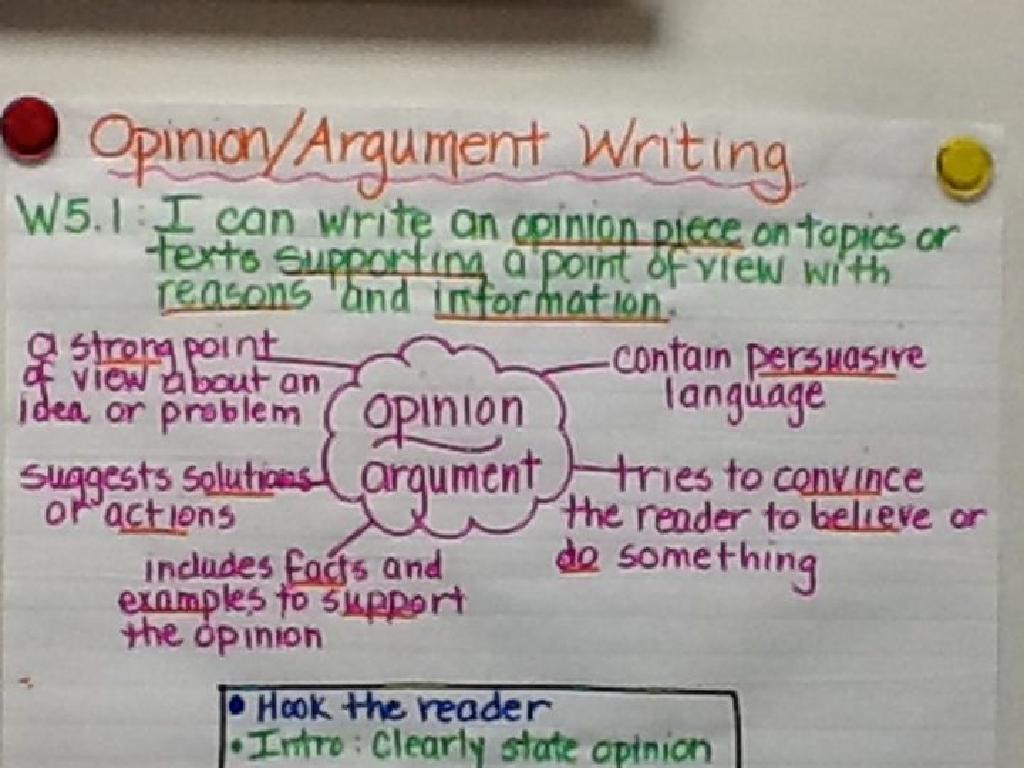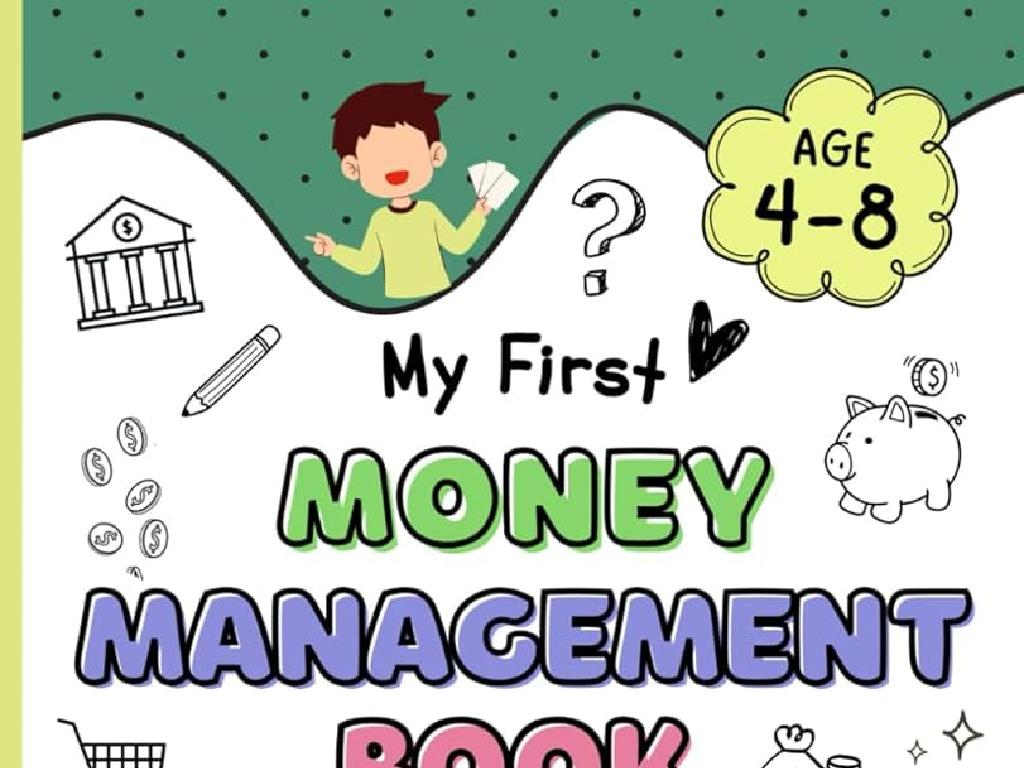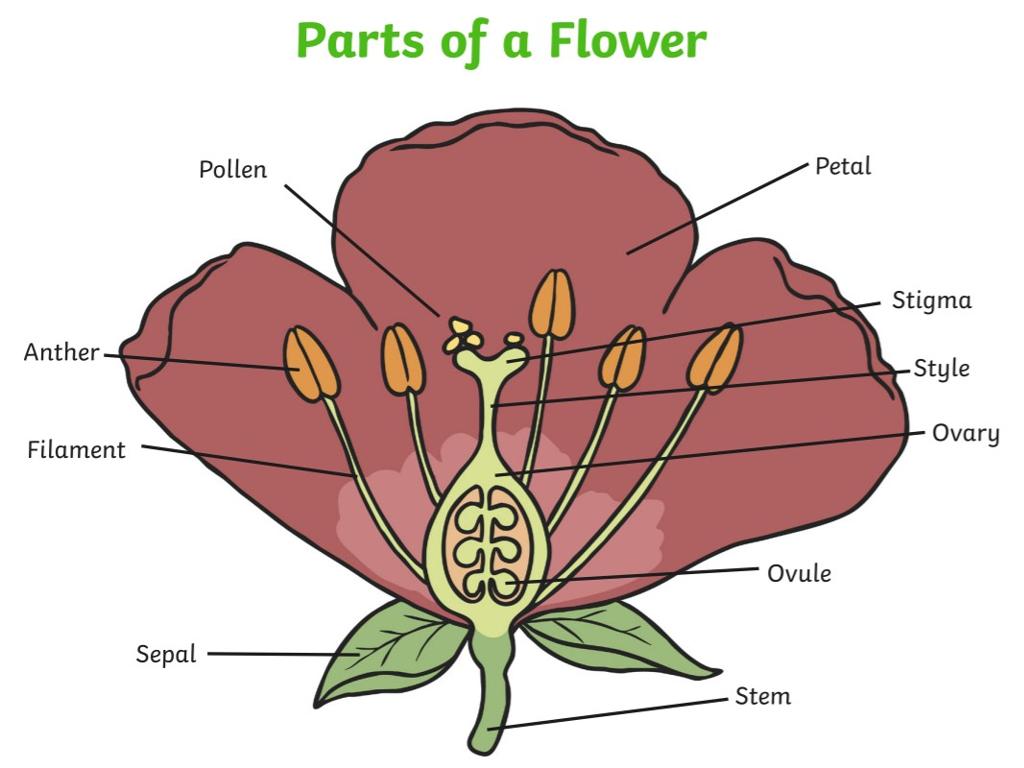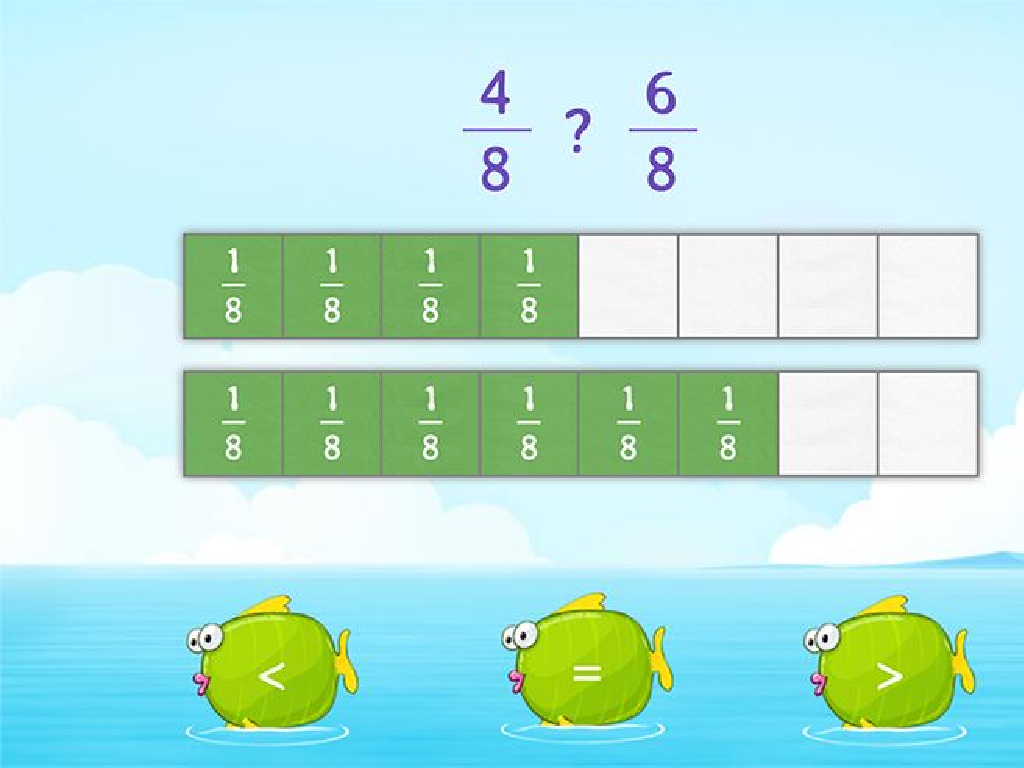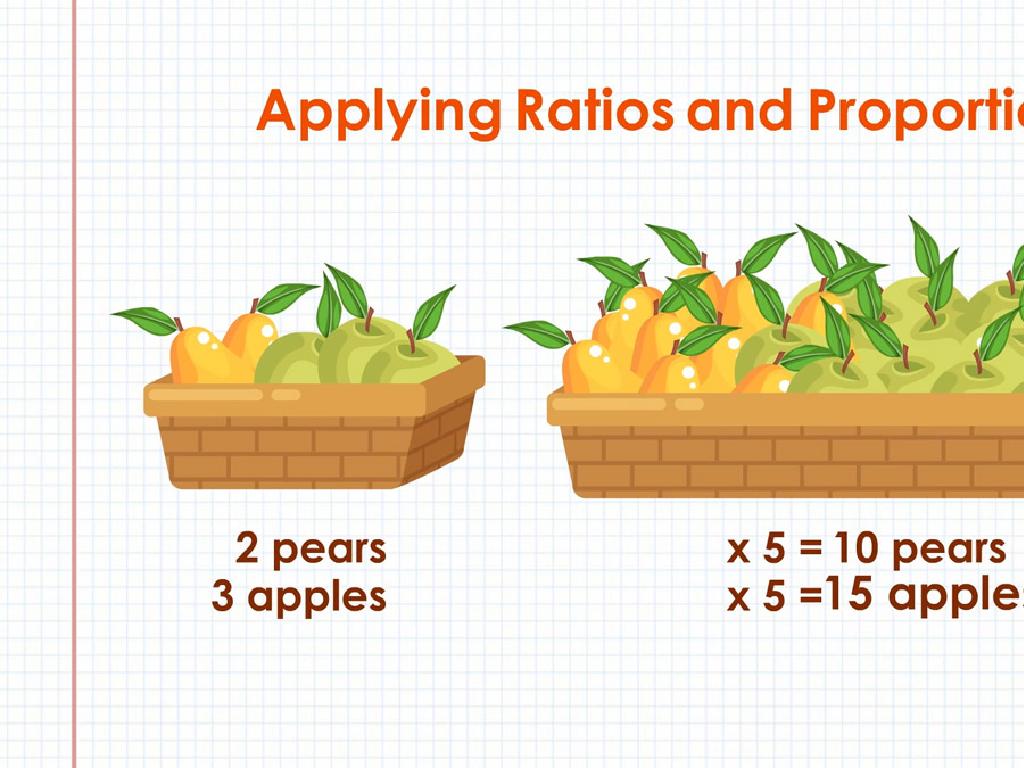Sequences: Mixed Review
Subject: Math
Grade: Seventh grade
Topic: Sequences
Please LOG IN to download the presentation. Access is available to registered users only.
View More Content
Welcome to Sequences: Patterns in Numbers
– Understanding patterns in sequences
– A sequence is an ordered list of numbers following a certain rule
– Sequences in daily life
– Examples: Music rhythms, bus schedules, or growing plants
– Today’s focus: Mixed Review
– We’ll revisit different sequence concepts learned so far
– Engage with various sequence types
|
This slide introduces the concept of sequences by first defining what a pattern in a sequence is and how to recognize it. Emphasize the importance of sequences in organizing information and predicting future events, which is a skill used in everyday life. Provide relatable examples such as rhythms in music, which are patterns of sound, or bus schedules, which are patterns of time. Today’s lesson will be a mixed review, covering arithmetic, geometric, and other types of sequences. Encourage students to think critically about the sequences they encounter daily. The goal is to solidify their understanding of sequences through a variety of exercises and real-world examples.
Exploring Sequences
– Define a mathematical sequence
– An ordered list of numbers following a specific pattern
– Sequence examples in mathematics
– Arithmetic: 2, 4, 6, 8; Geometric: 3, 9, 27, 81
– Sequences observed in nature
– Fibonacci sequence in flower petals or pinecones
– Real-life applications of sequences
– Music rhythms, architectural designs, daily routines
|
This slide introduces the concept of sequences in mathematics and their prevalence in both nature and everyday life. A sequence is essentially an ordered list of numbers that follow a particular rule or pattern. In math, common examples include arithmetic and geometric sequences. Nature provides its own examples, such as the Fibonacci sequence, which can be seen in the arrangement of leaves or the pattern of seeds in a fruit. Real-life applications are vast, ranging from patterns in music to the structure of buildings and even to the organization of our daily tasks. Encourage students to identify sequences they encounter in their own lives.
Types of Sequences in Mathematics
– Arithmetic Sequences: common difference
– A sequence like 2, 4, 6, 8 has a common difference of 2
– Geometric Sequences: common ratio
– A sequence like 3, 9, 27, 81 has a common ratio of 3
– Identifying sequence types
– Determine if a sequence is arithmetic or geometric
– Practice with examples
|
This slide introduces students to the two main types of sequences they will encounter: arithmetic and geometric. An arithmetic sequence has a constant difference between consecutive terms, which can be found by subtracting any term from the term that follows it. A geometric sequence, on the other hand, has a constant ratio between consecutive terms, found by dividing any term by the previous term. Students should practice identifying the type of sequence by looking for these patterns. Provide examples of both types of sequences and ask students to explain how they identified each sequence. This will help them understand the concept of sequences more deeply and prepare them for more complex problems.
Finding the Next Terms in Sequences
– Find next in arithmetic seq.
– Add common difference to last term.
– Find next in geometric seq.
– Multiply last term by common ratio.
– Class practice: arithmetic
Let’s solve a sequence as a class.
– Class practice: geometric
We’ll work through a geometric sequence together.
|
This slide is aimed at teaching students how to determine the subsequent terms in both arithmetic and geometric sequences. For arithmetic sequences, students should learn to add the common difference to the last known term. For geometric sequences, they should multiply the last known term by the common ratio. During class practice, present sequences on the board and guide students through the process of finding the next terms. Encourage participation and assist students who may have difficulties. Provide several examples for both types of sequences to ensure thorough understanding and practice. This interactive approach helps reinforce the concepts and allows for immediate feedback.
Real-World Applications of Sequences
– Sequences in music composition
– Patterns in rhythms and melodies
– Architectural patterns and sequences
– Repeating designs in buildings and structures
– Problem-solving with sequences
– Using sequences to predict and calculate
|
This slide aims to show students how the concept of sequences they learn in math class applies to the real world. In music, sequences form the basis of rhythm and melody, creating patterns that are pleasing to the ear. In architecture, sequences can be seen in the repeating patterns and designs that bring a sense of order and beauty to buildings and structures. Understanding sequences also enhances problem-solving skills, allowing us to predict future events or calculate unknown values in a series. Encourage students to think of other areas where sequences might be important and to consider how recognizing patterns can be a valuable skill in various aspects of life.
Sequences: Mixed Review Exercise
– Recap of sequence concepts
– Class activity: mixed problems
– We’ll solve different types of sequence problems together.
– Strategies for sequence problems
– Look for patterns, use formulas, and check work.
– Practice and apply tips
|
This slide is aimed at reviewing and reinforcing the students’ knowledge of sequences. Begin by summarizing the key concepts of arithmetic and geometric sequences, emphasizing the methods used to find the next terms and the nth term of a sequence. The class activity should involve solving a variety of sequence problems as a group, which will help students apply what they’ve learned in a collaborative setting. Share strategies such as identifying patterns, using the appropriate formulas, and the importance of double-checking their answers. Encourage students to practice these strategies through additional problems to solidify their understanding. Provide guidance and support as they work through the exercises.
Class Activity: Sequence Scavenger Hunt
– Find real-life sequences in school
– Determine the sequence type
– Explain the pattern observed
– Look for patterns and describe them
– Predict the next terms
– Use the pattern to guess future terms
|
This interactive activity is designed to help students recognize and analyze sequences in a real-world context. Students will search the classroom or school to find examples of sequences, such as numbers on lockers, steps on a staircase, or arranged library books. They will then identify whether these sequences are arithmetic, geometric, or neither, and explain the pattern they observe. Encourage students to use the terms ‘common difference’ or ‘common ratio’ where applicable. Lastly, they should use the pattern to predict the next few terms in the sequence. For the teacher: Prepare a list of possible sequences students might find, ensure they understand safety while moving around, and consider pairing students to foster collaboration.
Sequences: Review and Homework
– Recap of sequence concepts
– We covered types of sequences and finding terms.
– Practice is key to mastery
– Regular practice helps solidify understanding.
– Homework: Sequence worksheet
– Complete the provided worksheet on sequences.
– Bring questions to next class
|
This slide concludes our lesson on sequences by summarizing the key concepts we’ve discussed, such as arithmetic and geometric sequences, and the methods to find specific terms within a sequence. Emphasize the importance of practice in mastering these concepts, as it reinforces understanding and aids in retention. For homework, students are assigned a worksheet that includes a variety of sequence problems to solve, which will help them apply what they’ve learned. Encourage students to attempt all problems and bring up any questions or difficulties they encounter to the next class for clarification.

